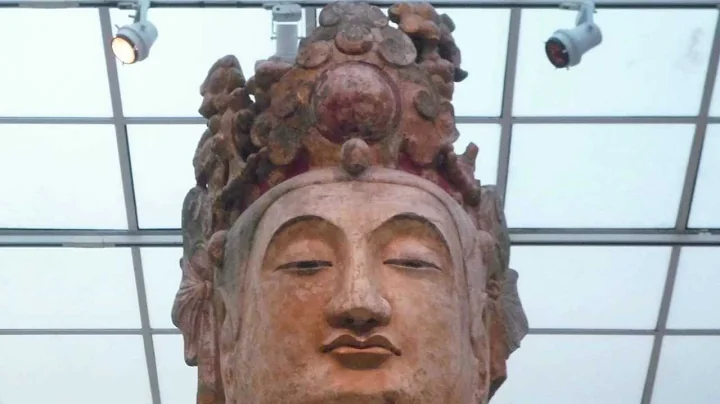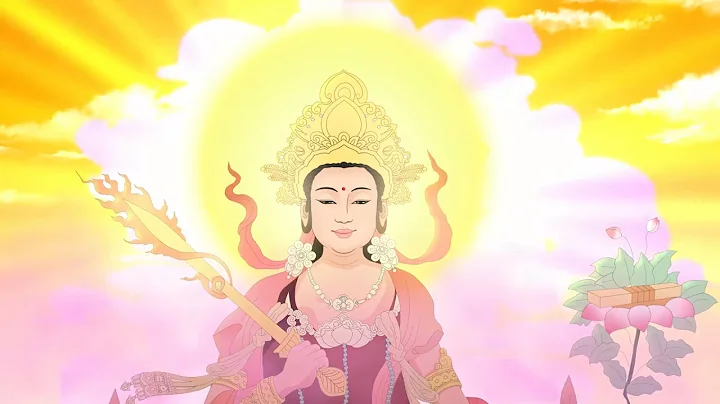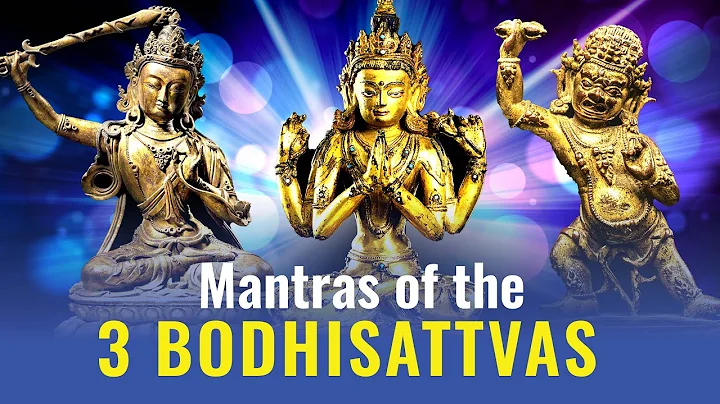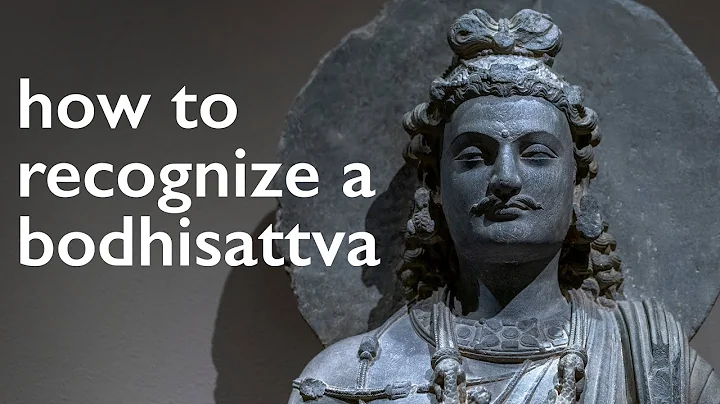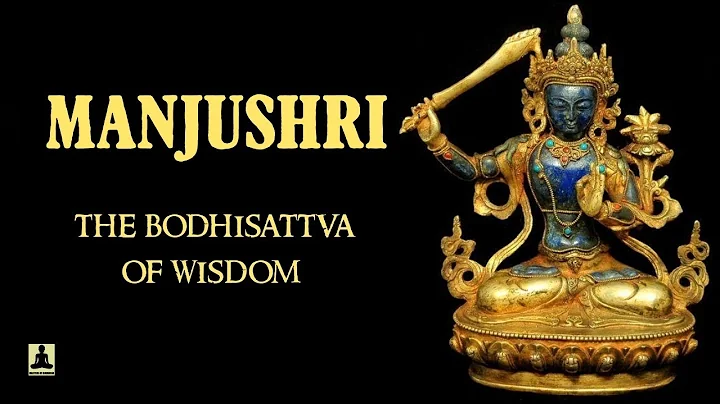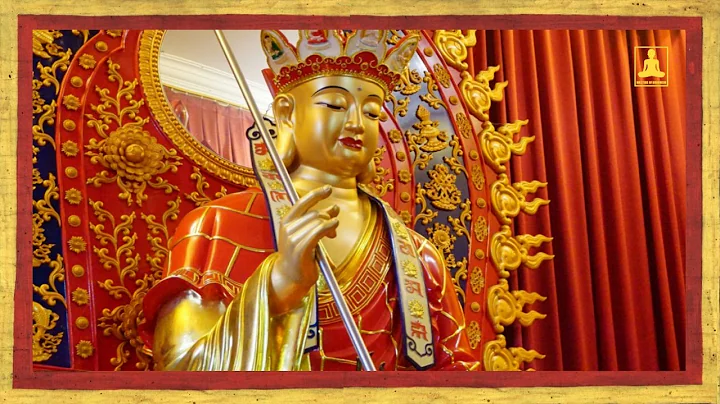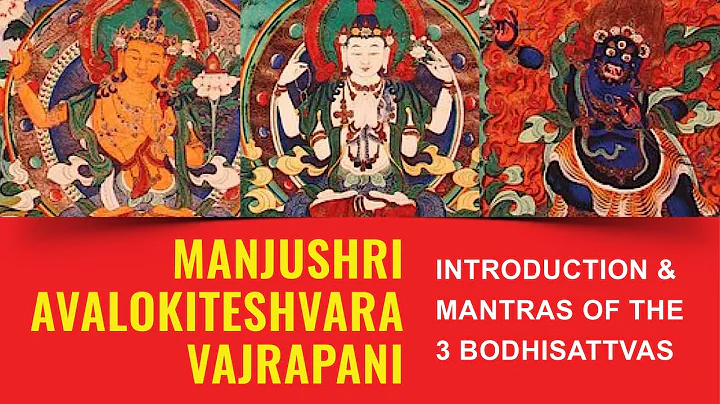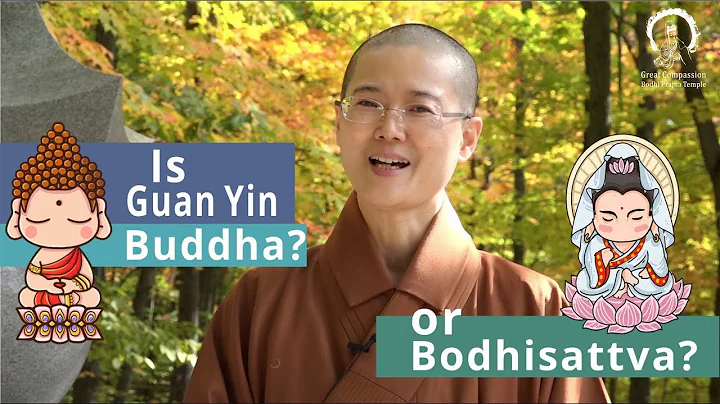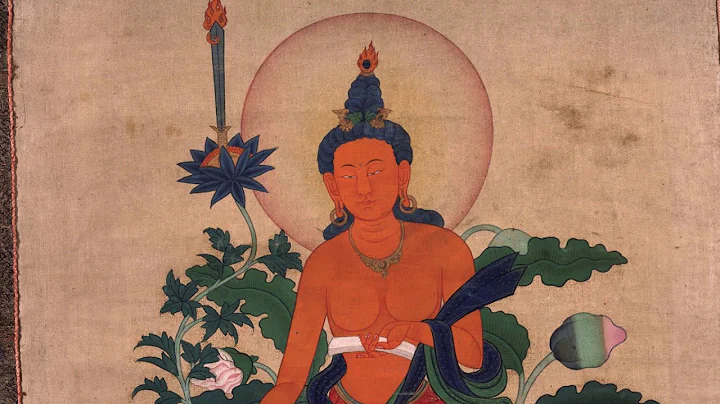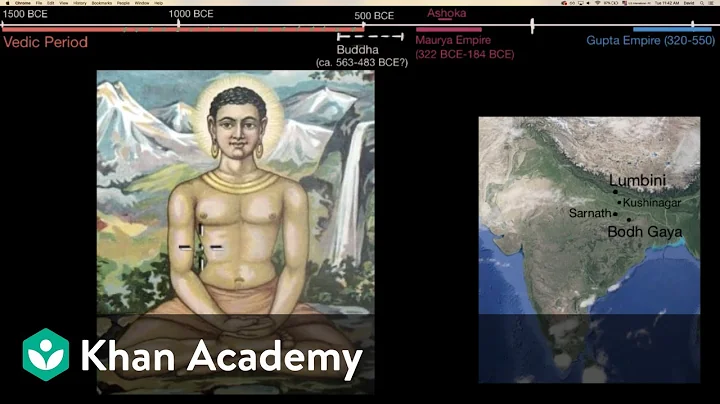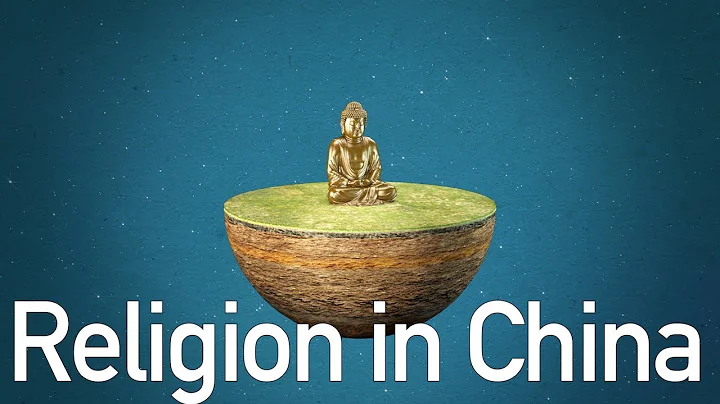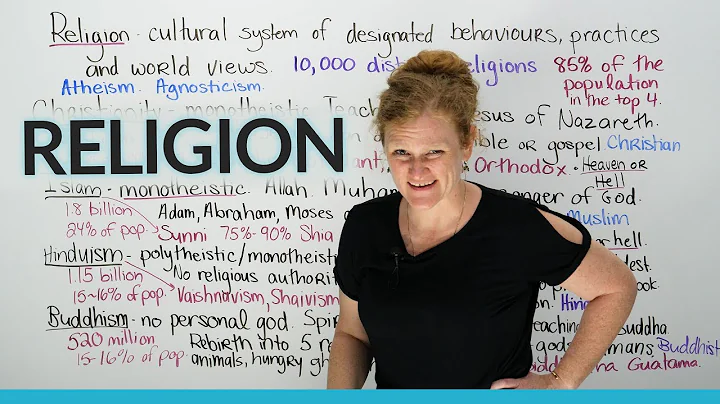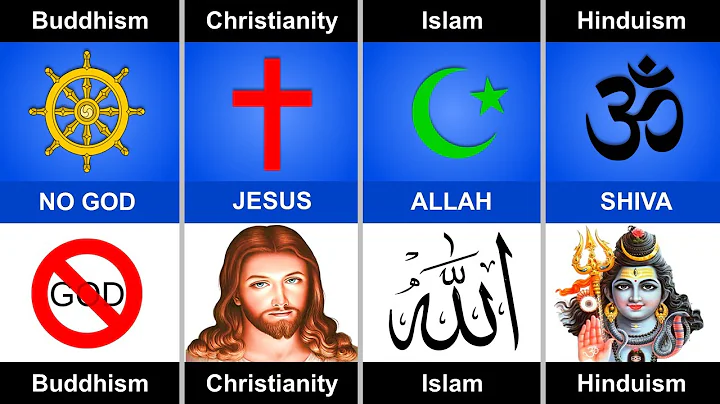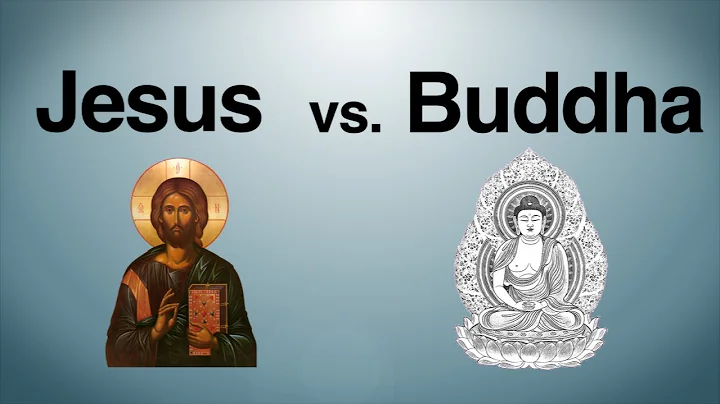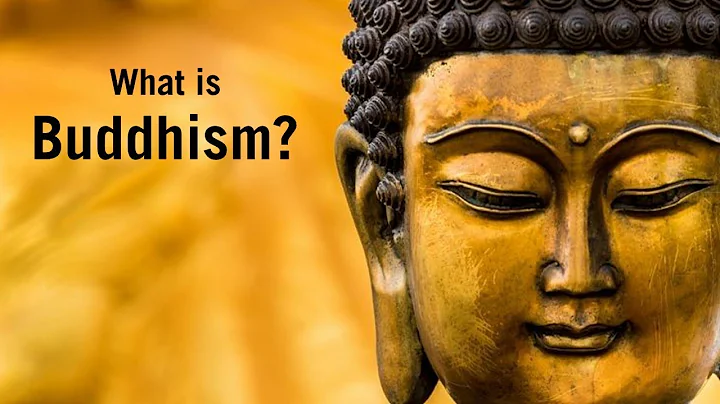Chinese Buddhism has four major Bodhisattvas , namely: Manjushri , Guanyin Bodhisattva , Samantabhadra and Ksitigarbha Bodhisattva , and the mounts of the four major Bodhisattvas are all different, such as Manjusri. The Bodhisattva's mount is the green lion of the Kushousou Immortal. Manjusri Bodhisattva holds the sword of wisdom and rides the lion. It is a metaphor for the sharp sword of wisdom to cut off troubles and the roar of the lion to shake the resentment of demons.

The sutra "Maha Samajima" mentions that the Samantabhadra Bodhisattva we are more familiar with rides on a six-tusked white elephant. Samantabhadra's mount is not an ordinary elephant, but a six-toothed white elephant with six tusks. Samantabhadra Bodhisattva rides on an elephant and rides on the clouds and mist, which represents the power of great mercy and the six supernatural powers. The six-toothed white elephant is the king of elephants. It is infinitely powerful but more docile than the ferocious lion.
Samantabhadra Bodhisattva always takes this exclusive "transportation" when he descends to the mortal world.

Its six teeth also have different symbolic meanings:
Giving (doing good deeds), observing precepts, patience, diligence, meditation, and wisdom, symbolizing the diligent practice of Samantabhadra Bodhisattva, regardless of virtue or temperament, Samantabhadra Bodhisattva rides on it. Elephants are perfection. In ancient India it was not an easy task to tame an elephant. Firstly, elephants are tall and highly intelligent, and they do not like to be raised by humans. Secondly, taming an elephant requires careful raising and a relationship with the elephant. In the process of taming the elephant, you must beat it, but you must also treat it well. Only when you serve others will they be willing to live with you.

Why does Samantabhadra ride an elephant? If an elephant is among animals, does it walk fast or slowly? very slow. But no matter how slow it steps, there will definitely be footprints. Therefore, Samantabhadra riding an elephant represents the practical spirit of Buddhism. Just like an elephant, it is not anxious or fast, but it does not stop. Although slow, it keeps moving. The word "hèng" (hèng), to be interpreted in today's terms, means that in the process of practice, you must have perseverance, resilience, and continuous thoughts without interruption.
If a person does not have endurance, resilience, and perseverance in the process of spiritual practice, it will be difficult to achieve success. Action is an arduous process. How can we overcome difficulties? It depends on not being afraid of hardship, not being afraid of tiredness, not flinching, and not turning back. No matter how hard or tiring it is, my heart will not waver. This is the spirit of Samantabhadra Bodhisattva.
Samantabhadra Bodhisattva takes the Ten Great Wish Kings as his original vows, from one to pay respect to all Buddhas to all ten to dedicate them to all. They all reflect the Bodhisattva's vow to save all sentient beings, and the Samantabhadra Bodhisattva's unbending heart is even more incredible. It is not difficult to do good deeds, benefit sentient beings, and practice for a while, but it is difficult to do good deeds, benefit sentient beings, and practice for a lifetime. Samantabhadra Bodhisattva guides us to do it without fatigue, which is the characteristic of Samantabhadra Bodhisattva in saving people.

Buddhism says that the six-tusked white elephant is transformed by the Bodhisattva to represent its mighty spirit and symbolize its vast aspiration and complete merits. The image of nature symbolizes great power, which means that when we do things, we must be perseverant and have a fearless spirit in order to succeed. The elephant is also used as a mount by the Immovable Buddha , one of the five Buddhas. The Buddha's mount is a throne carried by eight elephants, which governs the ecstatic world of the East. His elephant seat can conquer the strongest trouble "anger". In his Eastern world of ecstasy, sentient beings rarely have the troubles of the three delusions.
In addition, riding the elephant are Xiangxiang Bodhisattva, Emperor Sakyamuni and Chakrasamvara.
